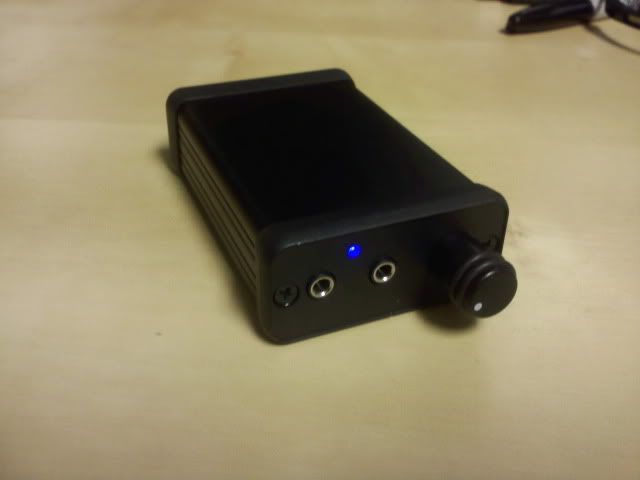rds
Headphoneus Supremus
- Joined
- May 4, 2008
- Posts
- 2,045
- Likes
- 31
Quote:
Apparently you don't understand engineering ip very well. Most engineering patents involve creating a unique system out of existing components. I'm not claiming that Chu Moy invented the headphone jack, potentiometer, capacitor, battery, resistor, or opamp. I'm saying he put them together to create the cmoy, and that the grado ra-1 is a cmoy.
Quote:
Again you completely miss the point. Grado can claim they own the ocean. That's not going to stop me from swimming in it. If I claim to own the air are you then 'taking' it by breathing? When I say free exchange of ideas I mean that we don't try to hide ideas from each other. Therefore I think it is against diy ethic to say people shouldn't be allowed to know the details of a reverse engineered cmoy whether it was made by grado, some random person, or god herself.
FYI, the exchange between the person who [legally] reverse engineered the ra-1 and posted the details, and anyone who desires to see them is a free exchange.
| Originally Posted by Koyaan I. Sqatsi /img/forum/go_quote.gif Complete and utter rubbish! For Grado to owe Chy Moy for their design, you'd first have to credit Chu Moy with inventing the non-inverting operational amplifier. It's not a datasheet configuration, it's a textbook configuration. It's as absolutely generic as it can possibly get. |
Apparently you don't understand engineering ip very well. Most engineering patents involve creating a unique system out of existing components. I'm not claiming that Chu Moy invented the headphone jack, potentiometer, capacitor, battery, resistor, or opamp. I'm saying he put them together to create the cmoy, and that the grado ra-1 is a cmoy.
Quote:
| Originally Posted by Koyaan I. Sqatsi /img/forum/go_quote.gif The key phrase here being "free exchange of ideas." A free exchange must be mutual. Otherwise, it's not an exchange, it's just plain taking. And I don't recall Grado being a willing party to any exchange of ideas with regard to the RA-1. I agree that it's silly to bust someone's balls just because they want to build an RA-1 clone for themselves. But don't make out like Grado was under some sort of obligation to share their design with others. se |
Again you completely miss the point. Grado can claim they own the ocean. That's not going to stop me from swimming in it. If I claim to own the air are you then 'taking' it by breathing? When I say free exchange of ideas I mean that we don't try to hide ideas from each other. Therefore I think it is against diy ethic to say people shouldn't be allowed to know the details of a reverse engineered cmoy whether it was made by grado, some random person, or god herself.
FYI, the exchange between the person who [legally] reverse engineered the ra-1 and posted the details, and anyone who desires to see them is a free exchange.






